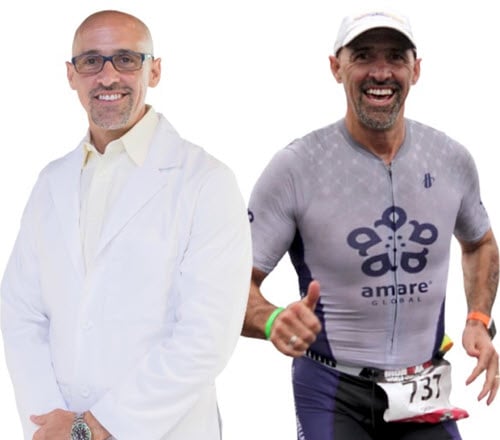The great basketball writer Jackie MacMullan recently stood at the front of a hotel ballroom in Tampa taking questions after collecting a career achievement award from the Association for Women in Sports Media. I was in the audience that day. Initially, the questions focused on her early days in basketball as a reporter. But then
Amare Research Q&A (Audio)
Here is the recoding of a call I did recently where I answered several questions from a very knowledgable physician (Laurel) about microbiome, gut-brain-axis, and Amare product/ingredient research. Please take a listen and let me know if you have any questions of your own?
Amare Science/Product Overview – July 2, 2019
Here is the video from my Amare Science/Product Overview last night (July 2, 2019) – it runs about 45min – at which point the video freezes because we had a massive power surge and lost all power – but I was able to cover all the important stuff about how restoring microbiome balance and optimizing
Gut microbiota may contribute to autism symptoms
Read the original article HERE Autism spectrum disorder (ASD) involves a group of neurodevelopmental conditions characterized by impairments in social interactions and behavior. It is also accompanied by gastrointestinal dysfunction. According to World Health Organization, one child in 160 worldwide has ASD, which tends to persist into adolescence and adulthood. Beyond genes, environmental factors have
Page [tcb_pagination_current_page] of [tcb_pagination_total_pages]
